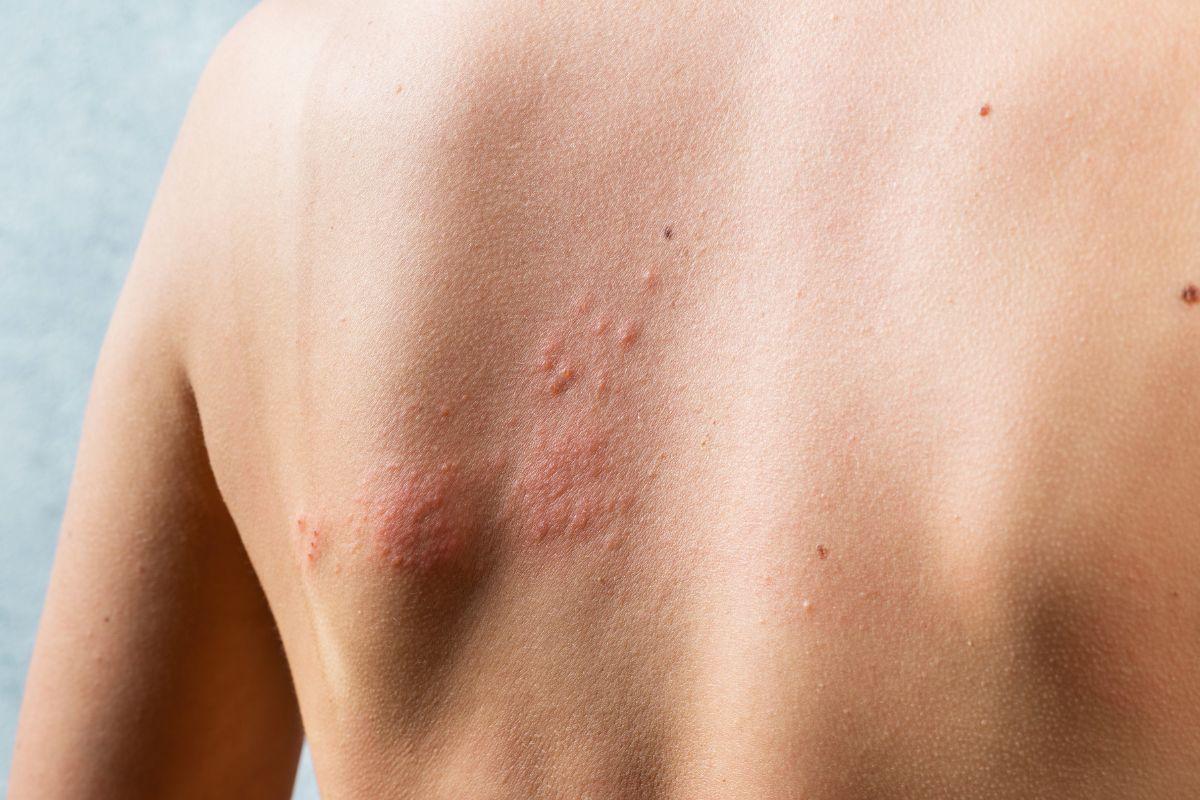Written by Dr Sajjad Rajpar for Doctify
Thinning hair has always been acknowledged as a traditionally male problem. This doesn’t mean that hair loss might not have an impact on on a man’s confidence – of course it might. But often they are the focus of the conversation when thinning hair can be just as much of a problem for women as it is for men.
As an example, Sex and the City star Kristin Davis recently opened up about her struggles with hair loss. And, in a world of images of women with perfect coiffed ‘dos, it helps to know you’re not alone.
Here to talk to us about the main causes of hair loss, the statistics on female hair thinning and potential treatment options.
What are the main causes of hair loss?
Hair loss can be very distressing and it is important to understand the basis of hair loss so as to be in a strong position to treat it. There are many causes for hair loss and the three most common conditions are :-
- Pattern hair loss – this is the most easily recognised form of hair loss and affects up to 70% of men and 30% of women. Typically men notice a receding hair line and thin over the crown. Women notice a loss in hair volume and thin on top, and detect a noticeably wider parting. This form is hereditary though the genetics are not straight forward, and it does not always affect every generation, run through only the maternal or paternal line, or skip a generation.
- Telogen effluvium is probably the next most common cause of hair loss. This can be caused by stress, low iron or low thyroid hormones level. Instead of shedding upto 100 hairs a day, which is normal, these triggers cause more hair to be shed causing thinning.
- Alopecia areata will affect 2% of the population at some point in their lifetime. Hair loss occurs because the immune system fights the hair follicles. This usually causes circular patches of hair loss.
Does it occur in women as well as men?
It certainly does and it is often not appreciated that women are affected by hair loss and that it can be a very traumatic experience for many women. Hair often defines identity and femininity for many women.
One in three women will be prone to develop female pattern hair loss. Luckily, this does not usually progress to complete baldness as it does for men.
What are the treatment options?
The treatment depends on the underlying cause. If a low iron level is found than this should be corrected. A good diet and healthy lifestyle is crucial, as is reducing stress levels. Rapid weight loss should be avoided as should fad or starvation diets as these can have detrimental effects on hair. Avoiding tight hair styles such as ponytails and braids, and making sure the hair is not traumatised during chemical or heat treatments is crucial. More targeted treatment may include prescription lotions or injections depending on the cause. In some instances, hair transplantation can offer a really good solution.



